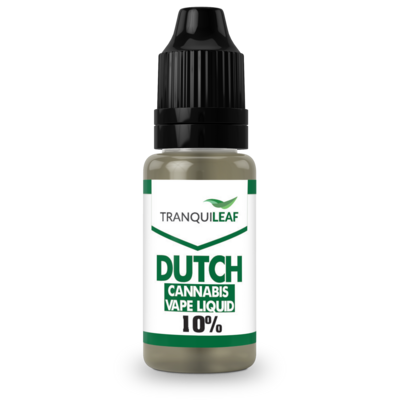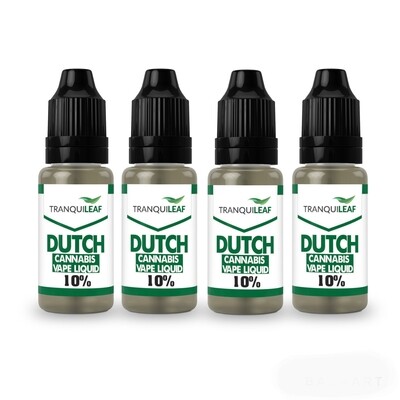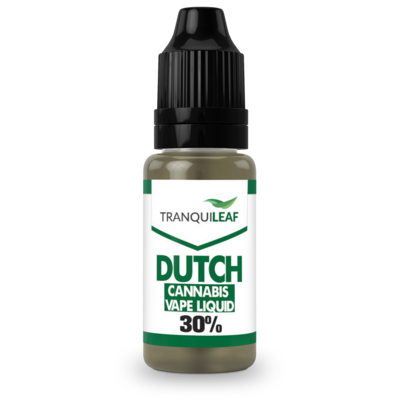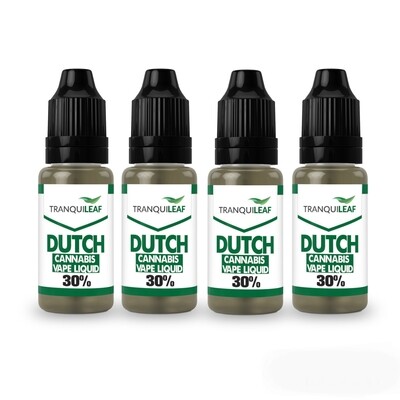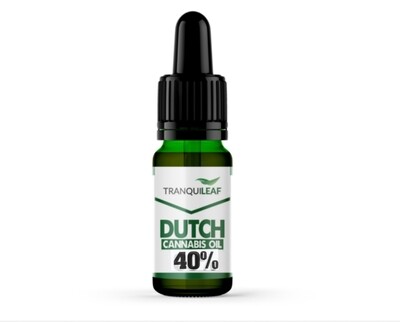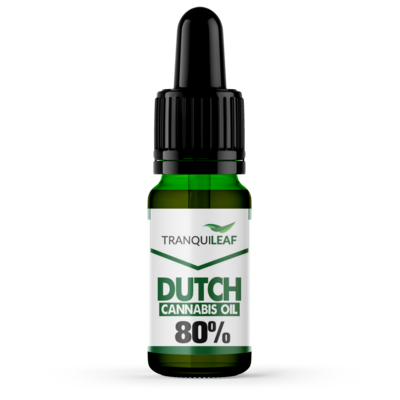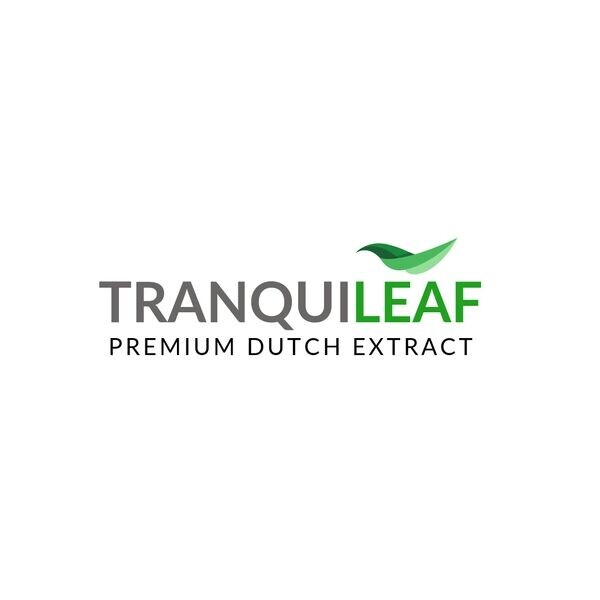
Many health conditions, both severe and not, are treated with pharmaceutical drugs. Unfortunately many of these drugs have unpleasant or dangerous side effects. In some instances, Cannabiniods may offer non-toxic, natural benefits for individuals who want to avoid or reduce the number of pharmaceuticals they are taking
The human body naturally produces Cannabiniods
Phytocannabinoids are cannabinoids derived from plants. Endocannabinoids are cannabinoids produced naturally in the human body.
One example of an endocannabinoid is anandamide, or ‘the bliss molecule.’ This molecule activates the CB1 receptor.
Benefits of activating the CB1 receptor include:
- Relieving depression
- Increasing myelin formation
- Lowering intestinal inflammation
- Decreasing intestinal permeability (Leaky Gut Syndrome)
- Lowering blood pressure
- Lowering anxiety
- Reducing fear and paranoia
- Increasing BDNF levels
- Increasing PPARy expression
- Reducing GPR55 signaling
- Lowering prolactin
An enzyme in the body known as FAAH is responsible for breaking down anandamide. Cannabiniods are an inhibitor of FAAH, meaning more anandamide to be available to the CB1 receptors.
Anandamide has been shown to stop the proliferation of breast cancer cells, promote anti-anxiety and antidepressant effects, and increases neurogenesis. Anandamide plays a role in memory and forgetting, creating a potential natural value for individuals with post traumatic stress disorder (PTSD).
Cannabiniods effect severeal Neurotransmitter Receptors
Cannabiniods are an allosteric modulator at several receptor sites in our bodies.
Allosteric modulators change the shape of specific receptors to alter their ability to interact with neurotransmitters.
Cannabiniods are a positive allosteric modulator of the mu and delta opioid receptors. This means it enhances the ability of these receptors to receive endogenous enkephalins which can increase quality of life and naturally reduce pain.
Cannabiniods activate the 5-ht1A receptor. The 5-ht1A receptor helps regulate anxiety, addiction, appetite, sleep, pain perception, nausea, and vomiting.
Cannabiniods also antagonizes GPR55 receptors. GPR55 receptors are widely distributed in the brain (especially the cerebellum) and help to control bone density and blood pressure.
When activated, GPR55 promotes cancer cell proliferation. This antagonizing action may help explain the natural value of supplementing with Cannabiniods in individuals with cancer, osteoporosis, and high blood pressure. [S]
Cannabiniods activate TRPV1 receptors. TRPV1 is involved in regulating pain, body temperature, and inflammation. Other substances targeting TRPV1 receptors include anandamide, AM404 (a metabolite of acetaminophen), capsaicin, and various cannabinoids such as CBN, CBG, CBA, CBC, THCV, and CBDV.
Lastly, cannabiniods activate PPAR-gamma receptors. PPAR-gamma receptors are located on the cell’s nuclei and play a role in lipid uptake, insulin sensitivity, dopamine release and the degradation of beta-amyloid plaque. This is why Cannabiniods have been found to have natural value for individuals with diabetes, schizophrenia, and Alzheimer’s disease.
Cannabiniods may help children with seizures and epilepsy
Perhaps one of the most exciting applications of Cannabiniods is the potential impact for adults and children with epilepsy.
Individuals who were experiencing dozens of seizures daily have found that Cannabiniods can dramatically decrease the these numbers.
Considering the shocking increase in children receiving prescriptions for various ailments, Cannabiniods may provide a non-toxic more natural alternative to pharmaceutical treatments, preventing children from experiencing long term damage or side effects.
